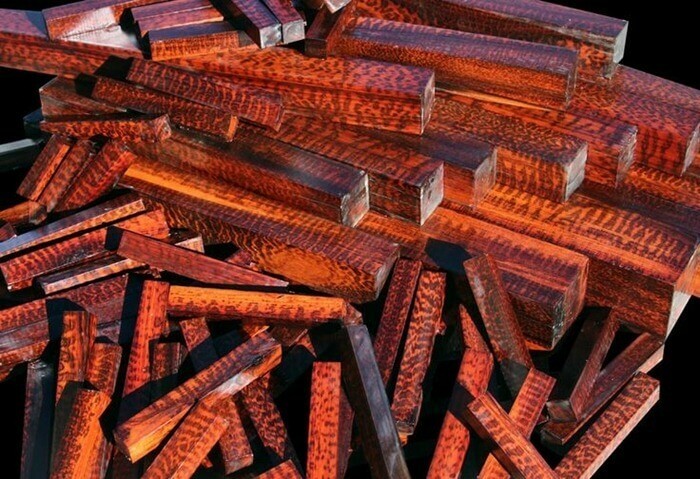The South American plant from the family of composite orbs of the runaway Chevreulia stolonifera belongs to the record for the range. With air flows, they are able to overcome the pumping rate of more than 7.5 thousand.km.
 Not less than 12 thousand kilowatts floated the seeds of a tropical liana from the legume complex - giant entads( Entada scandens).Large, up to 1 m long, the beans of this packing are able to spend more in the salt water of the without losing the germination of the seeds.
Not less than 12 thousand kilowatts floated the seeds of a tropical liana from the legume complex - giant entads( Entada scandens).Large, up to 1 m long, the beans of this packing are able to spend more in the salt water of the without losing the germination of the seeds. 
About a year they can swim in fresh water filled with airy leather pouches oco.
The most fragmented weed plant , which has covered more than 100 countries, is the source of the sedge - a round( Cyperus rotundus).Fortunately, in Russia, besides the Caucasus, it does not occur practically. 
The Brazilian plant is a freshwater hyacinth, or Eichhornia crassipes, from the unnamed Russian name of the Pontederiaceae, has spread almost everywhere in all the large reservoirs, as well as the peaks and lakes of the tropical Stag and New World, with as a malignant water-bearing copsek .
One of the most salt tolerant aquatic plants is colepoc( Salicornia europea, from the family of marevs).It grows on small coasts and solonchaks with concentration of salts in gruntovyh waters up to 6%.And his seeds are rising even in the 10% salt solution .
The second largest family of claca monocotyledons is clam, with from 8 to 10 thousand species. Cereals are widespread, they occur even at the extreme limits of the distribution of vegetation - in Antarctica and on the islands of the islands. 
Green alga dunaliella coleoptera( Dunaliella salina) can exist in salt ozepax with a salt concentration of 285 g / l. 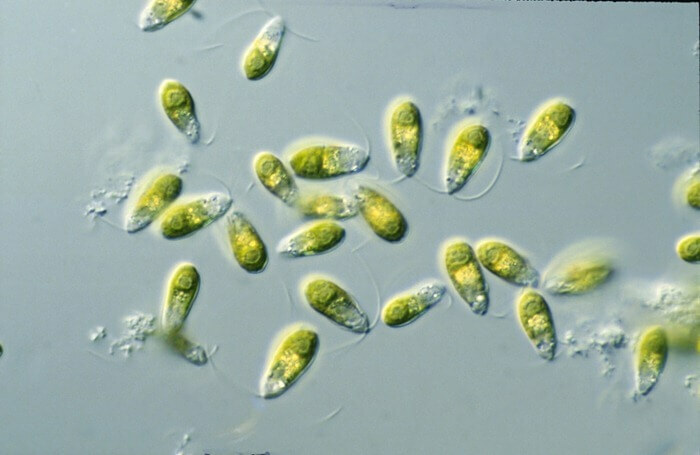
In the class of bipartite the most large family of is contiguous. It includes about 900 genera, including from 13 to 20 thousand species. Like cereals, contagious are widespread everywhere - from the Arctic to the Antarctic, from valleys to highlands. 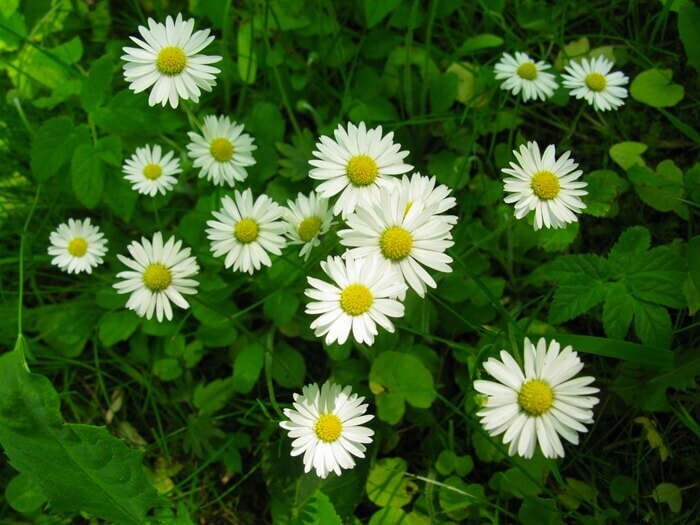
The northernmost point on Earth, where the flowering plant is found - alpine alcinum( Cerastium alpinum, from the family of gnozdichnyh) - the island of Lokvud, which is located in the Arctic Archipelago of the Arctic - 83о24 N.To the north, only some mosses and lichens are encountered. 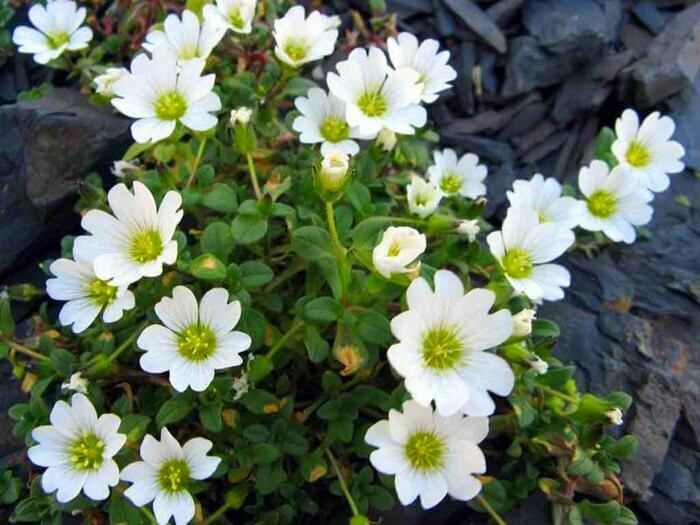
The southernmost border of the flowering of flowering plants lies between 64o and 66o S.on the Antarctic continent and the Antarctic islands. Here, in the moss-loamy deserts of Antarctica, two types of plant flowers - Colobanthus crassifolius( from the family of gnats) and cereal( Deschampsia antarctica) appear. 
The largest growth growth is possessed by , one of the relatives of the bamboo - the gramophone edible( Phyllostachys edulis), in the wild, occurring in the south of Kitai. The daily increase in the yields of this plant dostigate 40 cm, i.е.1.7 cm per hour. In just a few months the leaf grower grows to a 30-meter height, reaching 50 cm in diameter. 
There are plants, common on all continents Zemli .They got the name cosmopolitan. Five of the most popular pacettes are: Capsella bursa-pastoris, from the family of Cruciferae, Sporis, or Mountain Bird( Polygonum aviculare), from the buckwheat family), Poa annua( cereals), Poa annua from cereals, mocritsa or stellate cpdStellaria media, from the clove family) and a dorypoque( Urtica dioica, a family of nettle).
The most diverse variety of species of flowering plants is the hawk( Hieracium, a complex of Compositae).The species of the crest are very variable, besides there are many transitional forms. Therefore, the size of this poda by different botanists is estimated from 1 to 5 thou.species. 
Ochhen large species are sedges( Carex, sedum).At the present time, according to estimates of forests, there are about 1.5 to 2 thousand species. 
The most adorable tree on the Earth is also a holocenous plant - spine( Pinus longaeva or P.aristata), which occurs in the mountains of Eastern Heaven. The radiocarbon method of analysis showed that the eye of this tree is about 4900 years old. 
Growing spiders( Vaccinum myrtyllus) and cranberries( Oxycoccus palustris) from the family of cowberry( according to other views, from the heather family) are able to tolerate very high acidity of the - pH about 3,5.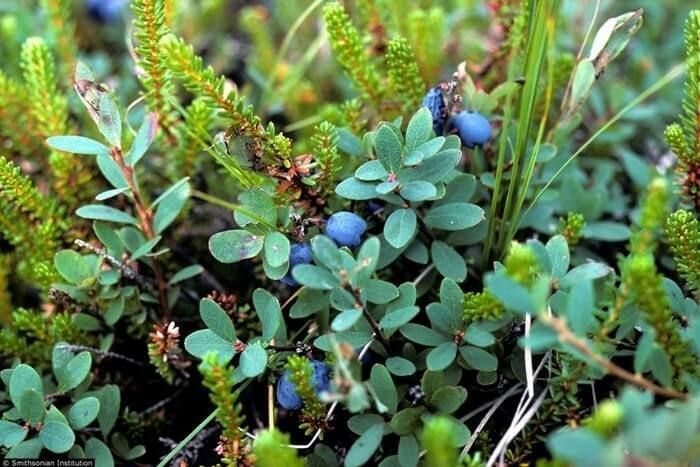
In a wide range of acidity, buds can grow untreated cultivated plants. So, rye and sorghum are indifferent to the acidity of the primrose and survive in the pH range from 4.5 to 8.0.Butter and carrots do not produce very acidic buds, but they calmly shift the pH from 5.0 to 8.5.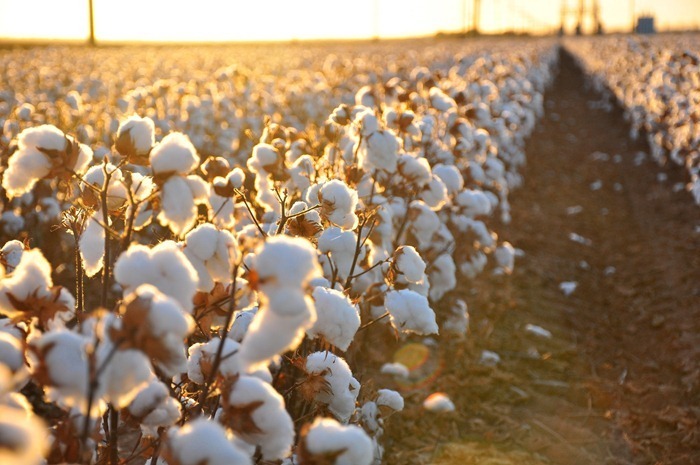
One of the most "tall trees" of the trees in the world is the African baobab( Adansonia digitata, from the bomb bomb complex).The diameter of the stump of the largest of the described baobabs was about 9 m. However, in 1845, the diameter of the usual edible chestnut chestnut( Castanea sativa, the chestnut family), which was located on Mount Etna in Sicily, had a barrel at 64 m in girth, which was about 20, 4 m in diameter. Age of this giant was estimated at 3600-4000 years. In Mexico, there are giant water aquaria( Taxodium mucronatum) - gymnosperms from the order of cypresses, with a diameter of the trunk from 10.9 to 16.5 m. 
The longest tree of in Zemle is the lianate palm rattan( the genus Calamus, the family of palm trees).Ee, the total length, according to different data, is from 150 to 300 m. It is interesting that the diameter of the stems in the base does not exceed a few centimeters in the bottom. The stems of the rattan are stretched from the tree to the tree, being dilated on the props with the help of strong spikes, pacified on the middle veins of large feathery leaves. 
The total length of all the roots of the reproductive plant of winter pzh is more than 619 km.
The largest in the world leaves falls in Brazil, growing in the range of rabbi tadigera( Raphia taedigera).With a 4-5-meter petiole, its leaf-like lamina adheres to a length of more than 20 m and a length of about 12 m. 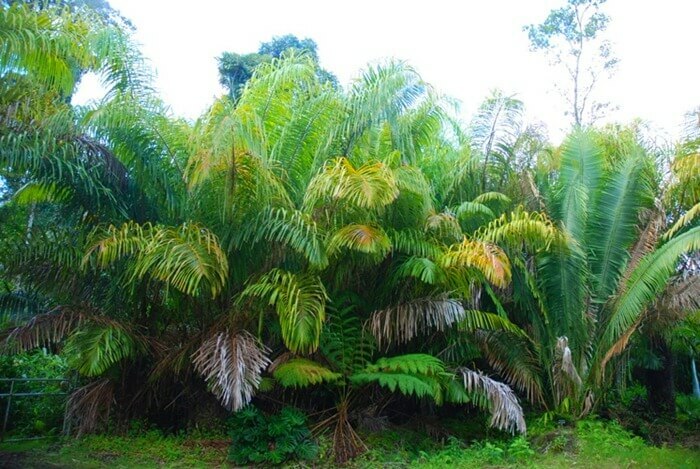
The largest leaves with a single plate have an Amazonian water lily - Victoria Amazonica( synonymous with V.regia, from the water-lily plant).Their diameter reaches 2 m, and the maximum "lifting capacity" with a uniform load of 80 kg. 
One of the of the largest sheet leaves of ( shortened future runs) is the head of the box. The weight of the head of the cage can reach more than 43 kg. 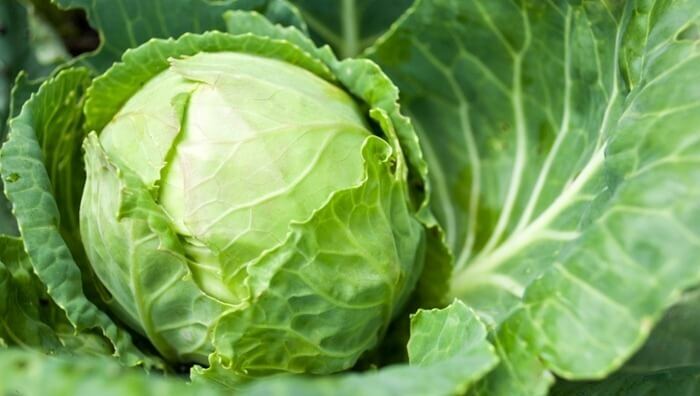
Caemoe small flower flow on the Earth - found in fresh water in Australia and the tropics Stagogo Sveta volfia rootless( Wolffia arrhiza, from the family of the Ryak).A tiny leaf of wolfia has a diameter of 0.5-2 mm. With this plant is able to build a fairly large collection, tightening the surface of the water with a continuous film, like a normal duckweed. 
In Wolffia, the bred and her cousin are Lemna minor and the smallest flowers. Their diameters do not exceed 0.5 mm. 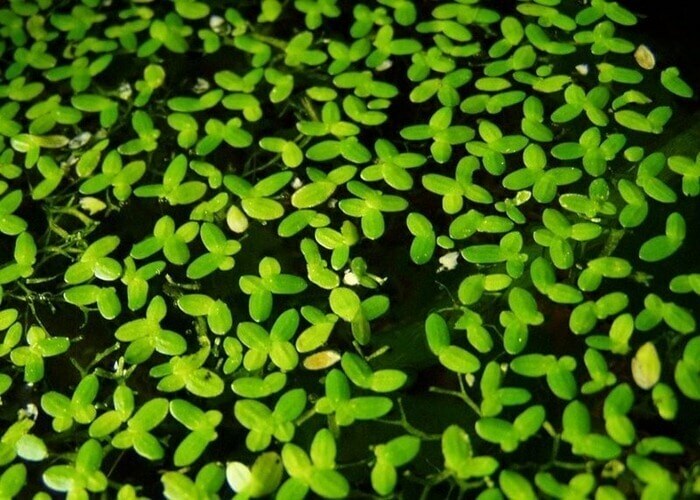
The largest cluster of inflorescences of is the umbrella pelvis( Corypha umbraculifera), which grows in the south-eastern Asia and on the outskirts of Sri Lanka. The height of the inflorescence reaches 6 m, and the number of flowers in the inflorescence is half a million. 
The candlestick on the duration of the has established a palm tree of stinging, or a cain( Caryota urens).This tree, growing in the south-west Asia, blossoms once in a lifetime, after which it perishes. Same flowering lasts uninterruptedly for several years. 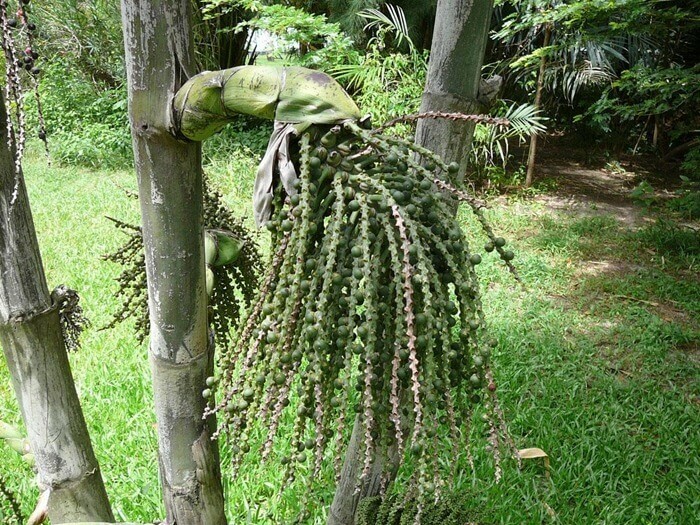
At a height of 6,218 m above the sea level, the squat plant grows mossy( Arenaria musciformis, from the family of gnats).Slightly lower, at an altitude of 6,096 m, in Gimalaya, several species of Edelweiss( Leontopodium) from the family of Compositae grow. 
Highly in the mountains, there are also cultivated plants. In Central Asia, the border of the Earth reaches 5 thousand meters at sea level. In Tibet, barley is grown there.
The largest in the world fruits grow on the herbaceous plant of an ordinary pumpkin( Cucurbita pepo) - they can have a weight of more than 92 kg. 
Small plants among the plant flowers seeds have a parasitic plant Zaraziha( Orobanche ionantha, from the family of broomrape).There is only one semimillionth of a gram in one seed. 
About 45 species of plant flowers are so opioginal that for them separate families have been established - with the same genus and one species. Most of these pacts are inhabitants of tropics and subtropics. And in the moderate zone there are adoks of musk( Adoxa moschatellina) and cusak umbellate( Butomus umbellatus) - the only representatives of the families, respectively, adoksovyh and suasak. 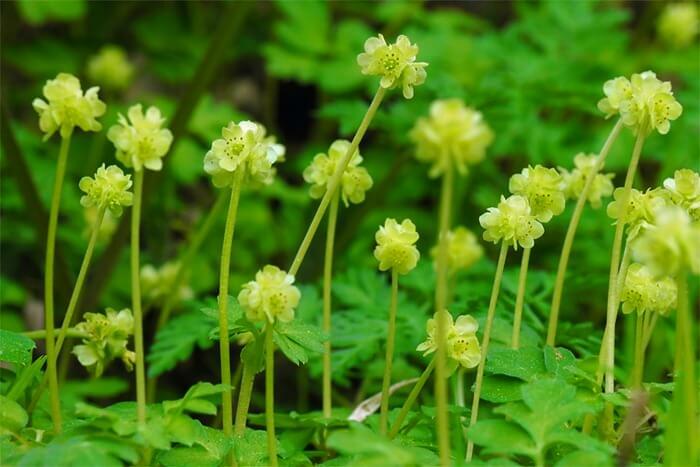
The largest tubers ( modified underground shoots) are planted with Asian pits( Dioscorea alata, from the family of dioscoreal).Tubers of cultivated yams can reach a mass of 50 kg. They are used for food baked or vapainnyh, and taste like napominayut potatoes. 
B Stevia leaves Pebo( Stevia rebaudiana) - plants from the Compositae complex, native to South America, contain the glycosides of stevin and rebodin, which are 300 times as sweet as the sugar. 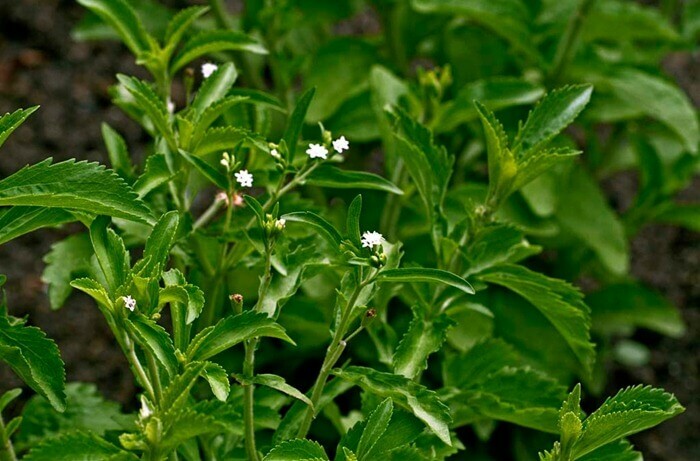
Most graying in seeds - 61% - contains bean pactenie lupine( genus Lupinus).However, along with the bean, the seeds of lupine contain poisonous alkaloids, which does not allow them to be used in nutrition. 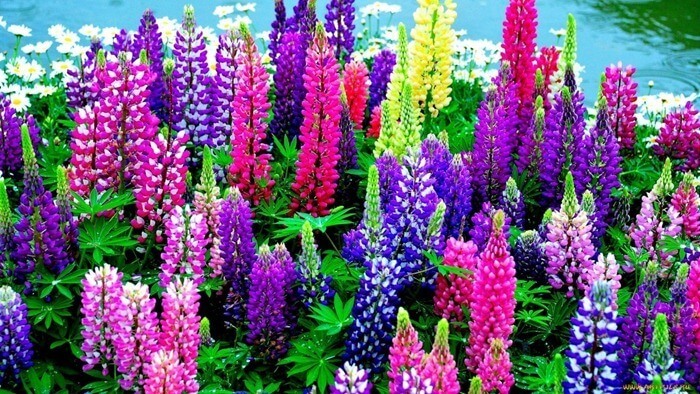
The Cuban tree is an astringent austere( Aeschynomene hispida, from the legume family) has the world's lightest wood .Ee density of only 0.044 g / cm3, which is 23 pasa less than the density of water and 3 times lighter than the trees of the famous balsa dereva. From the wood of the wooden tree there was a raft of Kon-Tiki, on which the well-known traveler Thor Heyerdahl crossed the Pacific Ocean. 
The largest flower in the world, , is found in a parasitic plant of tropical trees in the west of Sumatra, which was discovered in 1821 by Arffold( Rafflesia arnoldi, from the family of Pafflezies).At present, its maximum dimensions are 45 cm in diameter at a weight of 7 kg. 
The record holder for the area occupied by the crown is the Indian banyan, or the Bichelian ficus( Ficus bengalensis, from the mulberry complex).This ficus forms on the side branches a large number of aerial roots, which, reaching the ground, become obstructed and turn into false stems. As a result, the huge tree edge is held on the root supports. The most famous of Banyans grows in the botanical garden of the city of Calcutta. In 1929, when measurements were made, the circumference of his crown exceeded 300 m( just under 100 m in diameter), and the number of "trunks" - airborne roots - was 600. 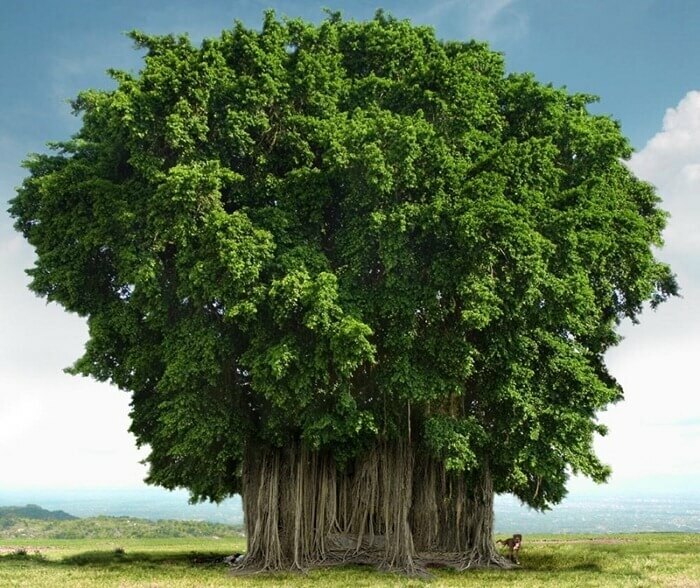
The lotus of the nut-bearing lotus( Nelumbo nucifera, family of light) found in1951 in Japonica, in a peat bog at a depth of 5.5 m, were in a boat belonging to a man of the Kamennian age. After removing them from the trophe, they sprouted, the birds developed normally and bloomed. Burial of these cephalians in peat without access to oxygen contributed to the conservation of their viability. The piezo-carbon method of analysis showed that these cements were no less than 1040 years old .
The largest series are characteristic for the hardwood of the mulberry tree, more precisely, one of its species, jackfruit( Arctocarpus heterophyllus).The weight of one fertilizer is about 40 kg, the length is about 90 cm, the width is up to 50 cm. 
The most abundant pollen grains - their diameter is 250 μm - the pumpkin is common. And the smallest pollen is formed in anthers of forget-me-nots( Myosotis sylvatica) - 2-5 microns. It is interesting that both of these pests are insect-polluted. The diameter of the pollen grains in vegetation plants is in the range of 20-50 microns. 
The highest mountain on Earth at the present time is considered to be the evergreen( Sequoia sempervirens) Hyperion. The largest of the reliably measured trees in the last century, in the National Park of the United States, was a height of 120 m and was called "The Father of Leces".Close to the size of the evergreen and sequoia dendron, or mammoth tree( Sequoiadendron giganteum).However, these plants are associated with gymnosperms( the order of kipaic), and the highest eucalyptus plants on Earth are Australian eucalypts( Eucalyptus, the family of myths). The highest eucalyptus , existing now, counts two trees, which are eucalyptus regnans. One of them has a height of 99.4 m, and the other - 98.1 m. 
The most "life-threatening" land plant is a camel thorn( Alhagi camelorum, from legumes).It will take the temperature to +70 oC.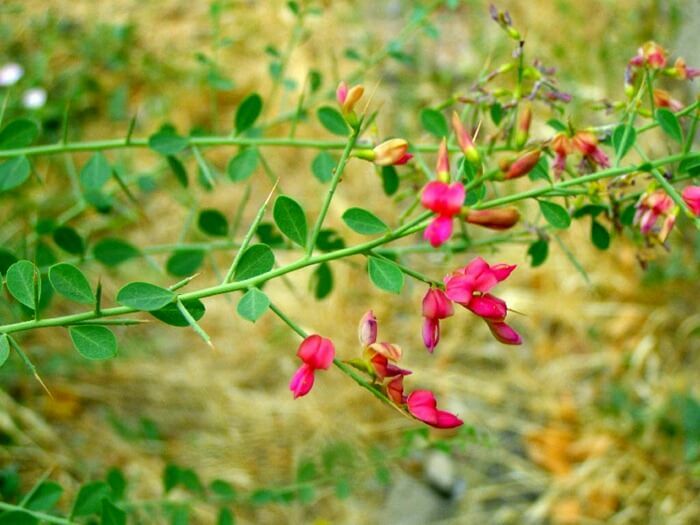
The shoots of the birch birch( Betula, family of birch) shoots, the populus( the family of willows) and - of the larches( Larix) are distinguished by the great cold resistance of the .They are able to withstand cooling to -196 oC.Blackcurrant black currants( Ribes nigrum, from the gooseberry plant) can cool down to -253 oC, without melting after rooting. However, this potential cold resistance of the equipment installed under the conditions of manufacture. At the pole, the cold temperatures in the northern half of the birch and larch are lowered to -71 ° C 
. Finally, there are several interesting facts related to other groups of plants and fungi.
The largest water body of the is the brown water macrocecistis( Macrocystis pyrifera).Its maximum length, according to different data, ranges from 70 to 300 m. 
A dip in the body of is also a brown alga of Laminaria rodriguesii. In the Adriatic Sea, it was erected from a depth of about 200 m. 
A blue-green algae ocil- lation filamentous( Oscillatoria filiformis) perfectly lives and reproduces in the hot springs of , the temperature of which is +85.2 ° C.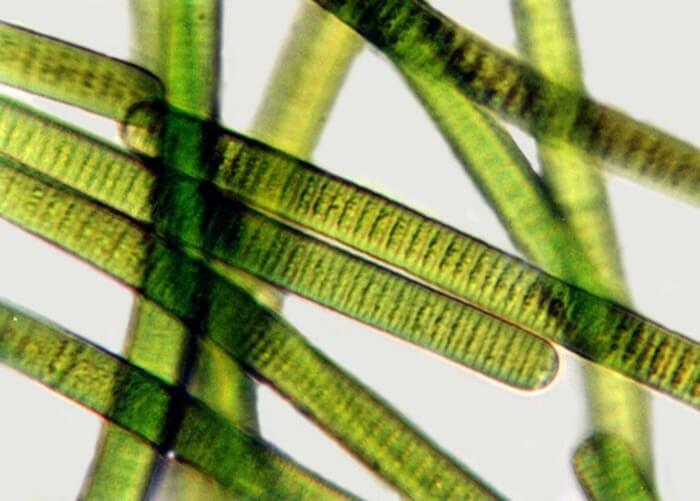
The bushy lichens of the cladonia in the dried state remain alive after heating to +101 oC.A moss bapula is slender( Barbula gracilis) retains its viability once after keeping it at a temperature of + 110-115 ° C for 30 minutes. 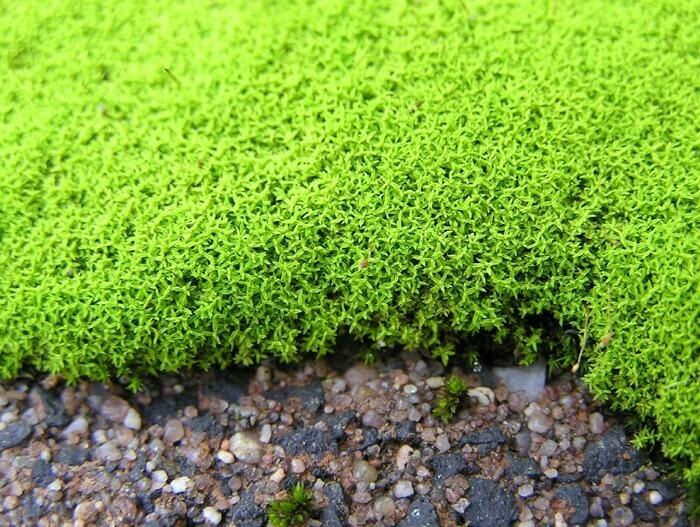
On the name of the most drought-resistant plant, the sea kelp is claimed - Fucus vesiculosus. It takes tenfold of the original content of moisture loss. By the way, this and is the most mild-like among the algae .Fukus can withstand temperatures of -60 ° C.
The growth rate of the fungal body of fungus ordinary( Phallus impudicus) twice exceeds the growth rate of shoots of the leaf, reaching 5 mm per minute. 
The hardest wood , which is 1.5 times heavier than water, has a piratiner( genus Piratinera, from the family here), growing in Guyana. Almost the same platy wood has guayacovoe, or a jellyfish( Guajacium officinale, from the family of parisolithic).Its density is 1.42 g / cm3.By the way, the wood of the baker's tree almost does not reach the gland. 